
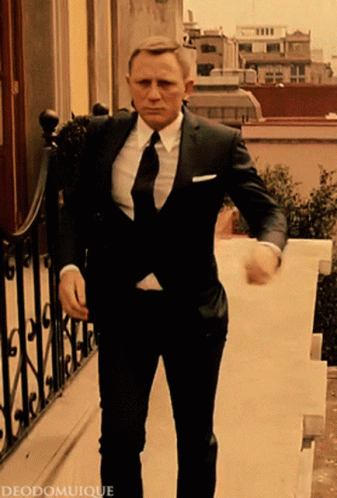
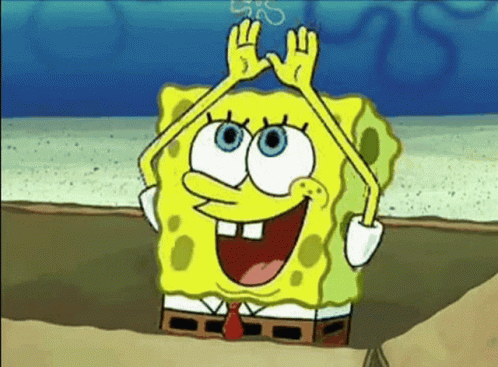
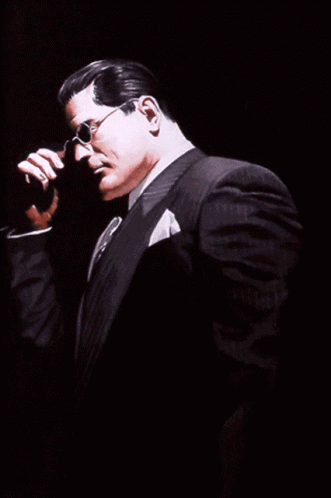
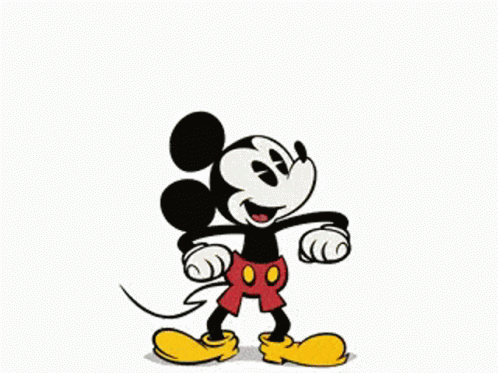
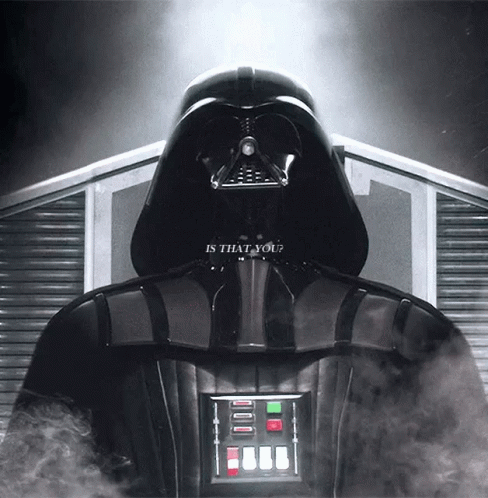
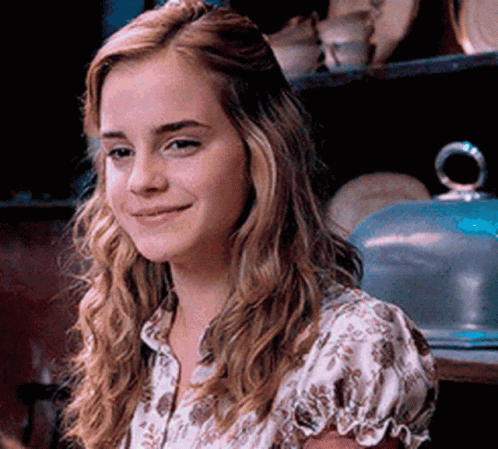
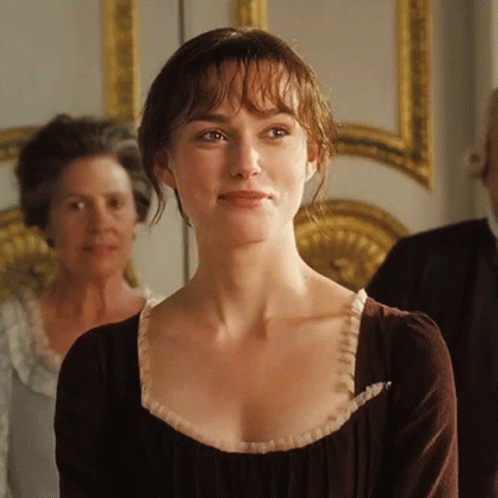
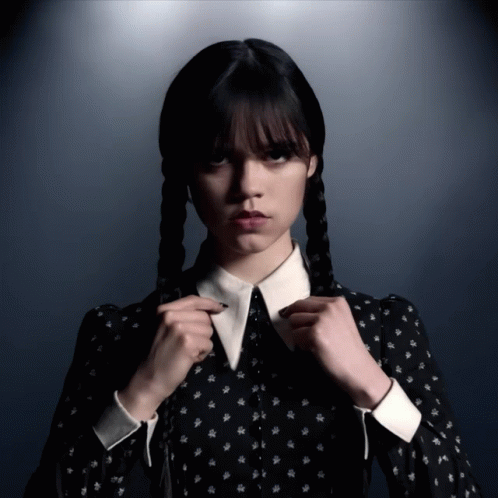
Hello everyone! Have you heard about the 5000 Characters quiz? Today we prepared a quiz for you with a bunch of characters. Answer twenty questions in this 5000 character personality quiz to find out which fictional character you resemble! Hope you’ll have fun today!
A character in fiction is an individual or other being who appears in a narrative, such as one from a book, play, radio show, television show, song, movie, or video game.
Do you like Wednesday Addams? If so, we invite you to take this Which Wednesday Character Are You quiz! Answer all the questions and find out!
The distinction between a “real” character and a “fictional” character may be established depending on whether the character is wholly imaginary or is inspired by a real-life person. The English word, which is derived from Greek, comes from the Restoration period, though it first appeared in Tom Jones in 1749 when it first gained widespread usage.
As a result, the idea of “a role performed by an actor” came into existence. Before this change, the phrase dramatis personae—which means “masks of the drama” in English—encapsulated the idea of characters from the actual aspect of masks. Character sometimes entails “the illusion of being a human being,” particularly when performed by an actor in a play or movie.
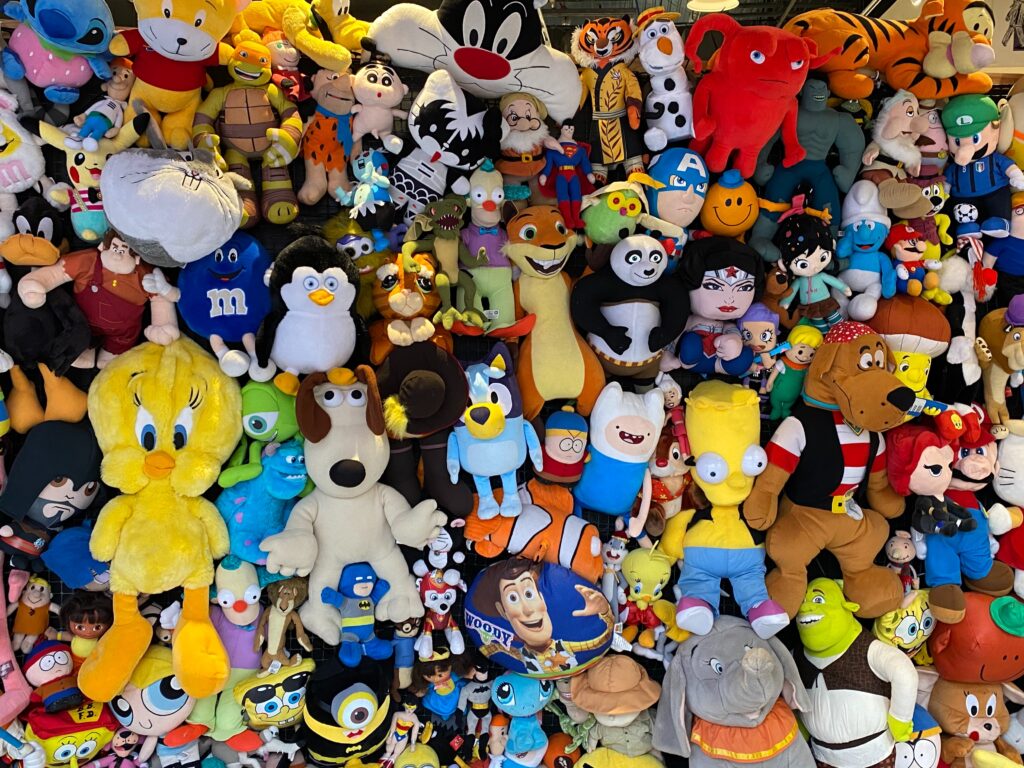
Characters in books lead readers through their stories, aiding comprehension of themes and narratives. An actor’s successful imitation has been referred to as being “in character” from the latter part of the 18th century. Characterization, as used by performers or authors, has been a term for the art of character development since the 19th century.
Do you like Big Bang Theory? If so, take this Which Big Bang Theory Character Are You quiz! Answer twenty questions to check who is your soulmate!
A type is a person who serves as an example of a certain class or group of individuals. Both generic characters and completely customized ones fall under the category of types. For instance, the characters in Hedda Gabler by Henrik Ibsen (1891) and Miss Julie by August Strindberg (1888) are emblematic of certain places in the social connections of class and gender, hence the confrontations between the characters show ideological tensions.
An examination of a character’s relationships with every other character in the book is necessary for character analysis. A character’s standing as an individual is established by the network of objections it establishes with other characters. The relationship between people and the story’s action changes with time, frequently mimicking societal changes in attitudes on individual autonomy, determination, and social system.
In writing fiction, authors use a variety of techniques to develop dynamic characters. Characters are occasionally conjured from imagination; other times, they are developed by enhancing a genuine person’s character attribute into a fresh fictional creation.
When creating a character based on a real person, an author or creator has several options: they may use someone they recognize, a historical figure, a contemporary figure they haven’t encountered, or themselves, though the latter is both an author-surrogate or an illustration of self-insertion. Iconographic pieces, such as Animal Farm, which depicts Soviet revolutionaries as pigs, sometimes employ a famous person with immediately recognizable qualities as the basis for the main character.
Are you a fan of Stranger Things? Take this Which character from Stranger Things are you? quiz. Answer all the questions to find out who from Stranger Things is the most similar to you.
Other authors, particularly those who write historical fiction, utilize real individuals as the basis for their novels and base them on their lives, like in the case of The Paris Wife, which centers on Ernest Hemingway.
The fundamental character archetypes found in many cultural traditions, such as the parent figure, hero, etc., can be used by an author to construct characters. Some authors utilize Carl Jung’s archetypes as the foundation for their characters’ qualities. When an archetype from a certain system (like Jung’s) is employed, components of the tale typically also adhere to the system’s expectations for the plot.
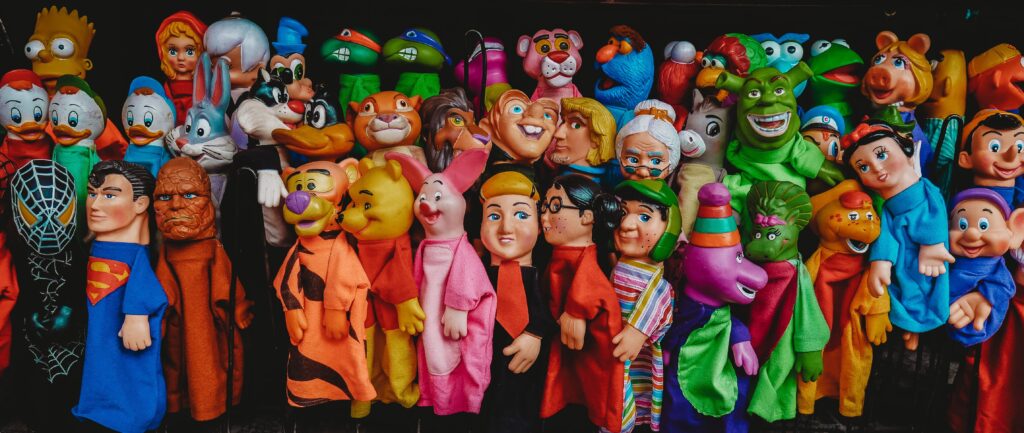
Generic stock characters, who are often uninteresting, can also be used by authors to create fictitious characters. They frequently serve as auxiliary or supporting roles. Some authors, however, have utilized stock characters as the foundation for creating intricately nuanced characters, as demonstrated by Shakespeare, who used the braggart soldier persona as the inspiration for Falstaff.
Do you like Pirates of The Caribbean? Click this link to find a quiz about it. Which Pirates of the Caribbean character are you? Answer all the questions and find out now!
For their characters, some authors come up with charactonyms. A charactonym is a name that makes a reference to a person’s looks, psychological make-up, or metaphorical allusion.
Shakespeare, for instance, has the sensitive young man Mercutio; Steinbeck, in Of Mice and Men, has the charming, compassionate figure Candy; and Mervyn Peake, in Gormenghast, has the Machiavellian, cunning, and homicidal villain Steerpike. The characterization can also refer to looks. For instance, the enormous whale in Pinocchio is called Monstro, while Rabelais assigned the title Gargantua to a behemoth.
E. M. Forster distinguished between flat and round characters in his work, outlining each type’s characteristics, purposes, and significance for the plot development. In that they are comparatively simple, flat characters are two-dimensional. On the other side, round characters are complex persons with a range of features that periodically alter, surprising the reader.
We invite you to take this 5000 characters quiz!
Under the Big Five model of personality, round or complicated characters may be thought of as having five personality dimensions:
Typical stock characters are thin and one-dimensional. Mary Sues are almost faultless characters that frequently occur in fan fiction and are consequently seen as flat characters.
A “walk-on,” as Seymour Chatman called characters that aren’t completely defined and personalized but are instead a part of the backdrop or the environment of the story, is another form of a flat character.
Which fictional character is the most similar to you? Answer twenty questions in our 5000 character quiz and see for yourself now! We hope you’ll have lots of fun. Good luck!